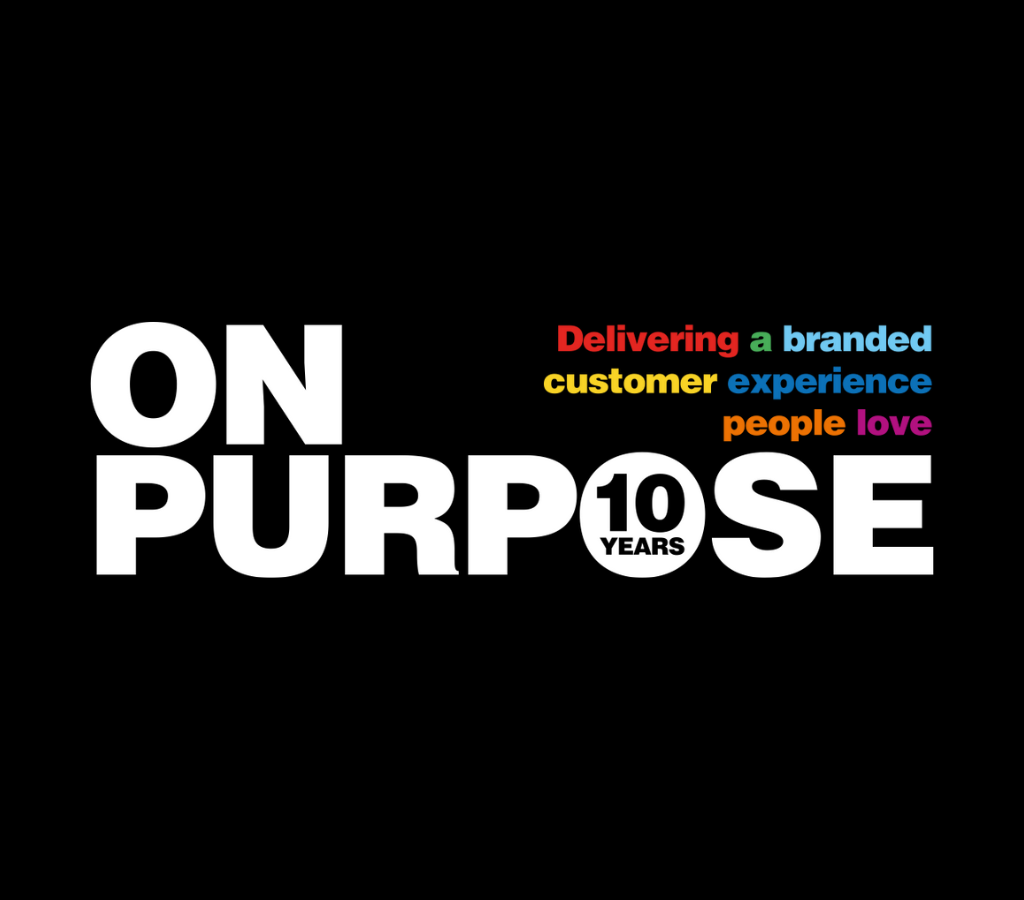Tony Hsieh, 46, the former CEO of Zappos, died on Friday from head injuries sustained during a house fire whilst he was visiting friends in Connecticut. He was an inspirational thinker who will be sadly missed.
We were privileged to interview Tony in 2010 for our book, ‘Bold-how to be brave in business and win’. He epitomised the principles behind our book and lived by the mantra ‘Delivering happiness’. The company that he made famous, Zappos, became a household name for delivering a branded customer experience whilst at the same time delivering a branded employee experience. As he said as though it were a simple truth, “Our view is that a company’s culture and a company’s brand are really just two sides of the same coin”.
The interview we conducted with Tony is as fresh today as it was when we recorded it and so we thought we would share it with you.
In 1999, at the age of 24, Tony Hsieh sold LinkExchange, the company he co-founded, to Microsoft for $265 million. He became an investor and one of his interests was in a small on-line retailer called Zappos. He soon became CEO and the rest is history…
“I was running an investment fund with Alfred, our COO/CFO now. We invested in about 20 or so different internet companies and Zappos just happened to be one of them. What made it interesting was that it was an on-line shoe retailer. Footwear in the US is a $40 billion market and about five percent, or $2 billion, was being done by paper mail order catalogues, and so, in our minds, from a purely investment point of view, it seemed like a good bet, because, at the very least, we thought that the web would catch up to what was already being done by paper mail order catalogues. That was pretty much the only thing that got us interested. But then I soon realised that investing was pretty boring for me and I really missed being part of building something. So I joined Zappos full time and have been there ever since.
The big idea
Our initial strategy was, let’s just offer a large selection of shoes, and that was pretty much the extent of our thinking. The original business model was actually 100% ‘drop ship’, meaning we wouldn’t actually hold any inventory ourselves. Instead, anytime a customer placed an order, we would actually send the order to the manufacturer and they would ship the product from their warehouse, direct to the customer. So that was the original idea and, on paper, it seemed like a great business model, because there was no inventory risk, but the reality ended up being a little different, which is that we weren’t getting accurate inventory information and a lot of times the manufacturers didn’t have the best products available in their warehouse. So we ended up doing a hybrid approach for a little while, where part of what we sold was inventory that we bought and held ourselves in our own warehouse, and part of our business was drop shipped. It eventually got to the point where about 25% of our sales were coming from this drop shipped revenue and that was pretty easy money because there was no risk on our part. But in 2003, after about four years of being in the business, we asked ourselves, ‘what do we want to be when we grow up? Do we want to be about shoes, or do we want to be about something more meaningful?’ And that’s when we decided we wanted the Zappos brand to be about best customer service and the very best customer experience.
Once you know your purpose everything else follows
Once we had made that decision, the next decision was kind of made for us – but it was probably both the easiest and hardest decision we’ve ever had to make in the history of the company. It was to walk away from that easy, low-risk, drop ship revenue. At the time it was a tough decision, because we weren’t yet profitable, we couldn’t raise funding, but we just knew it was the right thing to do if we were serious about building our brand for the long term around the very best customer service. So we took a deep breath and overnight literally flipped a switch and turned off that 25% stream of our most profitable revenue.
Our decision wasn’t really based on any analysis; it was more about, what are we going to be proud of building ten years from now? We’ve been focussed on customer service ever since. It’s actually made a lot of the subsequent decisions of the company much easier, because, everyone in the company knows that story and so they know that we’re willing to sacrifice short-term revenue and profits if it’s for the long-term benefit of the company and our brand.
Having made the decision to focus on service, our number one priority in our company became our culture because our whole belief is that, if we get the culture right, most of the other stuff, like delivering great service, or building a long-term enduring brand will just happen naturally on its own. Our view is that a company’s culture and a company’s brand are really just two sides of the same coin. Brand is just a lagging indicator of culture.
Hiring for fit
It starts with our hiring process. Everyone hired in our headquarters here in Las Vegas – it doesn’t matter what position you’re applying for, you can be an accountant or a lawyer or a software developer – has two separate sets of interviews. The hiring manager in his or her team will do a standard interview looking for a good fit within a team, prior experience, and technical ability and so on; but then our HR department does a separate set of interviews, purely for culture fit and the candidate has to pass both in order to be hired. So we pass on a lot of really smart, talented people that we know can make an immediate impact on our top or bottom line, but if they’re not a good fit for our culture, we don’t hire them. And the reverse is true, too. We’ll fire people even if they’re performing their specific job function perfectly well, but if they’re not good for the culture we’ll fire them for that.
Training for fit
Everyone hired here, again, regardless of role or position, goes through the same four week training programme that our customer loyalty reps go through. It includes the importance of our company culture, our company history, customer service, and finally training on customer service tools. Then they’re put on the phone for two weeks, taking calls from customers. Again, it goes back to our belief that culture and branding are the same thing and our conviction that if we’re serious about customer service being our brand, then customer service shouldn’t just be a department; it should be the entire company.
As a result, we tend to be a pretty flat organisation, and regardless of what your specific job function is, we really encourage employee involvement. If an employee has an idea that they’re passionate about it, then they just run with it, even if it isn’t part of their job description.
We use social media a lot but we didn’t do this originally for customers, we did it for employees. We train new employees on how to use Twitter, and if you go to twitter.zappos.com you’ll see a list that links employees and then there’s another page that you can click on that aggregates all of their tweets together. It is just another really great way of helping build our culture, which is our number one priority.
Doing things differently
We run our customer service centre differently from most call centres: We don’t measure call times; we don’t try to up-sell; we don’t have scripts. We really care about each telephone interaction, and treat it, not as an expense to minimise or an opportunity to get revenue, but one of the best branding opportunities out there. What we’ve found is that, if we get the interaction right, then customers will remember that for a very long time and tell their friends and family about it.
I think our biggest challenge is making sure that, as we grow, not only does our culture not weaken, but actually gets stronger and stronger. A lot of what we do is trying to figure out these things as we go along but a lot of it is based on employees coming up with ideas – it’s not me coming up with ideas. Right now we have about 1500 employees and if I came up with one great idea a day, that’s 365 ideas in a year, whereas if all our employees came up with even one great idea a year, that’s still way more ideas than I could come up with on my own.
Departments also have their own culture initiatives. They just come up with some idea they’re passionate about and then go and do it. So last week our developers decided to do a parade in honour of Twitter and they had someone dressed up as a Twitter bird and they went parading around all our departments. Last year, our HR department decided to do an Oktoberfest kind of celebration, where they went around and distributed sausages to everyone. None of this is really mandated or planned; it is just each group coming up with its own ideas.
Our secret sauce
We have two locations now, Las Vegas and Kentucky, so it won’t be exactly the same as we grow in new locations, but they’re going to be based on our core values, so there will definitely be a lot of similarities and the things that make us Zappos will be the same wherever we are.
The thing we have realised is that customer service is about making customers happy and culture is about making employees happy. We also try to make our vendors happy. So the thing that kind of ties all of this together, our secret sauce, if you will, is that we’re really just about delivering happiness.”
If you want to hear more about Tony’s philosophy click here: https://youtu.be/49kJE4HJb_w
Shaun Smith and Andy Milligan
The full chapter on Zappos in which Tony’s colleagues also share their insights on how they built a branded customer experience people love, and created extraordinary levels of employee engagement, is in our book BOLD. Click here to find out more https://thisiscaffeine.com/#books
Thanks to Wikimedia Commons for the photo.




